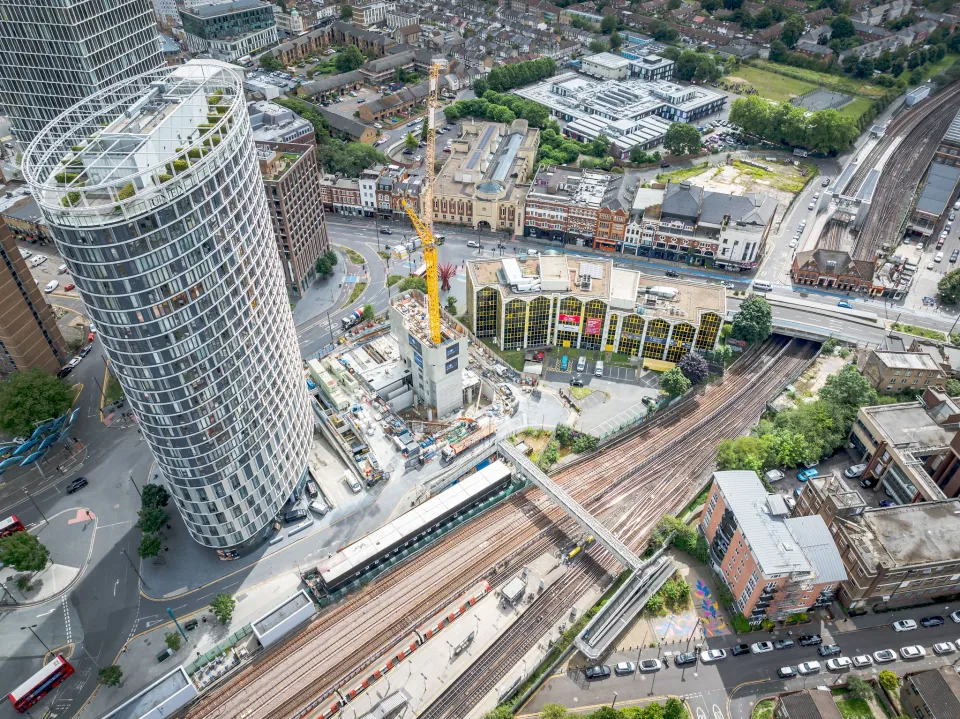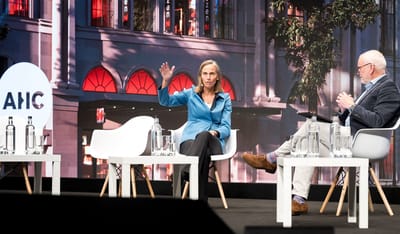
Unite Students starts each summer with an enviable head-start: for 2025/26 it has already booked 85 % of its ~70 000 beds and expects near-full occupancy once again. That momentum rests on a simple macro story—demand keeps climbing while supply stagnates—and on a business model that turns scarce planning permissions into predictable cash flow. Hawthorne House, now rising beside Stratford station, is the clearest expression of that formula.
A market tilting in Unite’s favour
UK universities remain a global draw; domestic applications are up and Tier-4 visas have jumped double digits despite tighter rules. Yet pandemic-era cost inflation and post-Grenfell regulations have kept new purpose-built student accommodation (PBSA) completions about 60 % below pre-COVID levels. In most cities the only meaningful pipeline belongs to a handful of scale operators—Unite first among them. That imbalance underwrites the 4-5 % rent growth the REIT is guiding for next year.
Stratford’s flagship in brief
By 2026/27 Hawthorne House will add 719 beds to East London, half already spoken for under a long-term nominations deal with University of the Arts London. The other half will be let directly through Unite’s online platform, tapping Stratford’s rising second- and third-year student population.
To win consent, Unite baked a civic gift into the scheme: the lower eight storeys become the new London Academy of Excellence, a high-performing sixth-form college. The school moves in on a 35-year, peppercorn lease, giving the borough a rent-free community asset and giving planners a reason to wave the scheme through a crowded skyline.

Engineering a “social licence”
The tower’s green credentials are almost as important as its beds. Designed by AHMM and built by RG Group, Hawthorne House uses an all-electric plant, low-carbon concrete and a heavily insulated façade that put it ahead of the RIBA 2030 embodied-carbon targets. Unite’s lenders price that in: cheaper capital offsets some of the build-cost pain while polishing the company’s ESG profile.
How the numbers stack
- Wholesale security: About 60 % of Unite’s beds—Hawthorne included—are block-booked by universities on multi-year nominations, guaranteeing cash even in downturns.
- Platform upside: The remaining 40 % are rented room-by-room at market rates, capturing the price premium that comes with high occupancy.
- Typical stay: UK freshers sign 40-44-week contracts; overseas students run to 51 weeks, lifting yield and reducing summer vacancy risk.
Growth without overstretch
Stratford is only part of an 8 000-bed pipeline spanning Bristol, Edinburgh, Glasgow and Newcastle. Rather than over-lever, Unite sells 2-3 % of its £9 billion portfolio each year and recycles the proceeds into new builds or university joint ventures. The approach keeps group leverage in the low-30 % range and underpins a dividend that pays out roughly 80 % of earnings.
What could go wrong?
Policy remains the wild card. A sharper visa clamp-down or a surprise rent-control push would hurt sentiment, though Hawthorne’s university anchor and sixth-form tie-in soften that blow. Planning delays under the new Building Safety Regulator are another drag; four Unite schemes are waiting in its queue. For now, however, demand is outrunning every headwind.
Bottom line
Hawthorne House isn’t just another PBSA tower; it’s Unite’s playbook in microcosm: secure a scarce site, add a public-good component to win consent, lock in a university partner, build to net-zero standards, and split the revenue between wholesale certainty and platform upside. In a market starved of new supply, that formula looks set to keep paying dividends—literally—as Unite rolls the model out across the country.
Become a subscriber receive the latest updates in your inbox.






